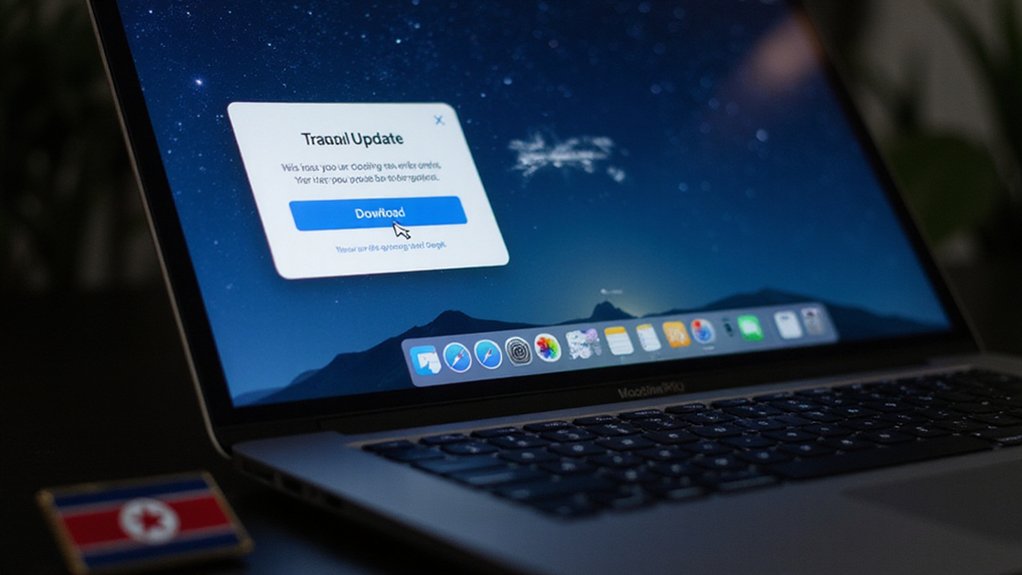While most nation-states content themselves with traditional espionage and diplomatic maneuvering, North Korea has pioneered what might charitably be called “cybercrime as foreign policy”—a strategy that transforms international banking systems into unwitting ATMs and cryptocurrency exchanges into digital piggy banks ripe for smashing.
The Lazarus Group, North Korea’s cyber-enabled answer to traditional revenue generation, has evolved considerably since its humble beginnings with Operation Troy in 2009. What started as relatively unsophisticated DDoS attacks featuring patriotic messages about “Memory of the Independence Day” has metastasized into a sophisticated criminal enterprise that would make traditional organized crime syndicates envious.
The group’s progression from basic website disruption to the 2016 Bangladesh Central Bank heist—netting approximately $80 million through SWIFT system manipulation—demonstrates an alarming fusion of state-sponsored cyber warfare with old-fashioned bank robbery.
Their subsidiary operation, Bluenoroff, has attempted to pilfer over $1.1 billion from financial institutions across multiple continents, presumably to fund North Korea’s nuclear ambitions. Because nothing says “peaceful atomic program” quite like stealing money from Bangladeshi pensioners and Indian depositors.
The latest iteration of this cyber-larceny campaign reveals both tactical sophistication and strategic adaptation. North Korean hackers now deploy “NimDoor” malware specifically targeting macOS users in the cryptocurrency sector—a demographic previously considered relatively secure from such predations. Intelligence suggests that these operatives receive their specialized training in Shenyang, China, as well as at prestigious domestic institutions like Kim Chaek University of Technology.
The attack methodology relies on social engineering through Telegram, masquerading as legitimate Zoom meeting invitations that trick victims into downloading malicious software disguised as routine updates. Unlike traditional centralized approaches to cybersecurity, emerging decentralized platforms are exploring blockchain-based solutions that could potentially address some of these vulnerability concerns through distributed security models.
The choice of Nim programming language represents a calculated gamble on obscurity-as-security. Unlike conventional malware languages, Nim offers cross-platform compatibility while evading traditional antivirus detection—essentially allowing the same malicious code to infiltrate Windows, Mac, and Linux systems without modification.
This technical pivot from previously experimented languages like Go and Rust suggests North Korea’s cyber operatives possess both programming acumen and strategic foresight.
The targeting of cryptocurrency wallets and browser-stored passwords on Mac computers signals a concerning expansion of attack surfaces, particularly as macOS adoption increases among financial professionals and cryptocurrency traders who previously assumed platform immunity from nation-state actors. These groups operate under the Reconnaissance General Bureau, North Korea’s primary intelligence bureau that orchestrates both cyber operations and arms trade activities.







